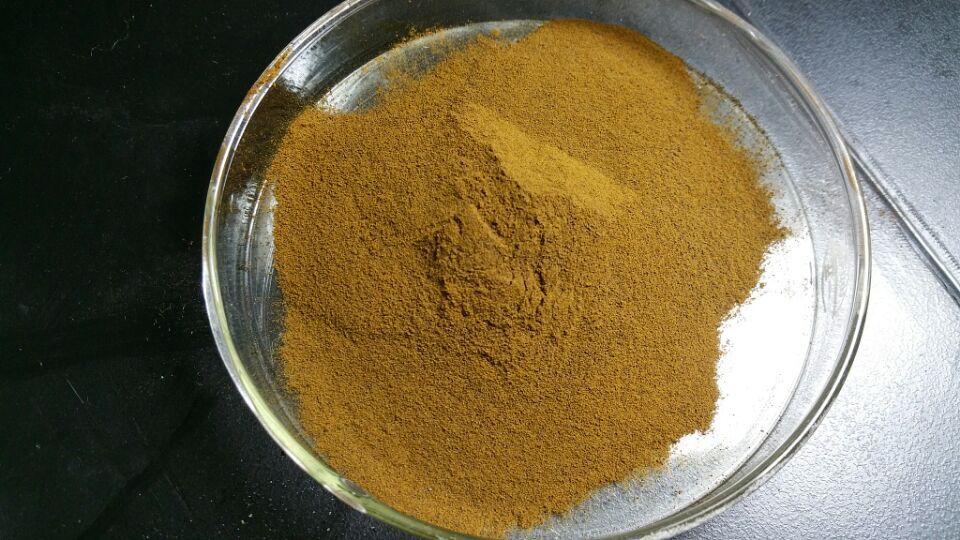The sulfite process is also used by the paper and pulp industry for producing lignosulfonates. The pulping solution employs salts of sulfurous acid, either salts of sulfites (SO32 −), or bisulfites (HSO32 −).
The common counterions are single-valent sodium (Na+), potassium (K+), and ammonium (NH4+), and doubly-valent calcium (Ca2 +) and magnesium (Mg2 +). The sulfite process can be carried out in a wide range of pH, 2–12, depending on the cationic counterions.
In most cases, the sulfite process is performed under acidic conditions, using calcium or magnesium as counterions. High pH conditions are rare, but use sodium, potassium, and ammonium counterions (PNNL, 2007; Kai et al., 2016).
The sulfite process is performed at temperature 403–433 K, for 4–14 h. Lignosulfonates are recovered from the cooking liquor stream. They are highly water soluble, with high sulfur content (usually 3%–8%) and higher molecular weights compared to lignin produced from the Kraft process (Kai et al., 2016). Lignosulfonates have low purity.

